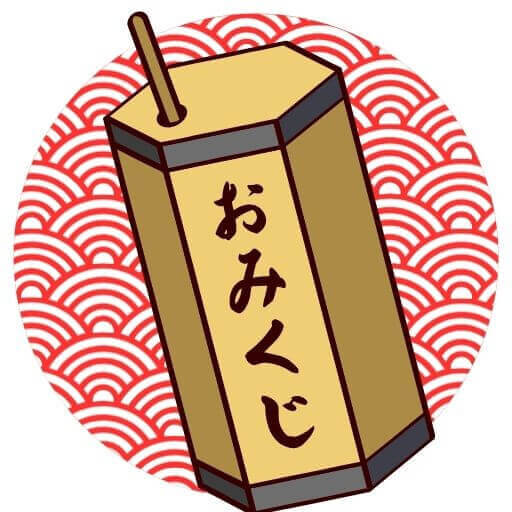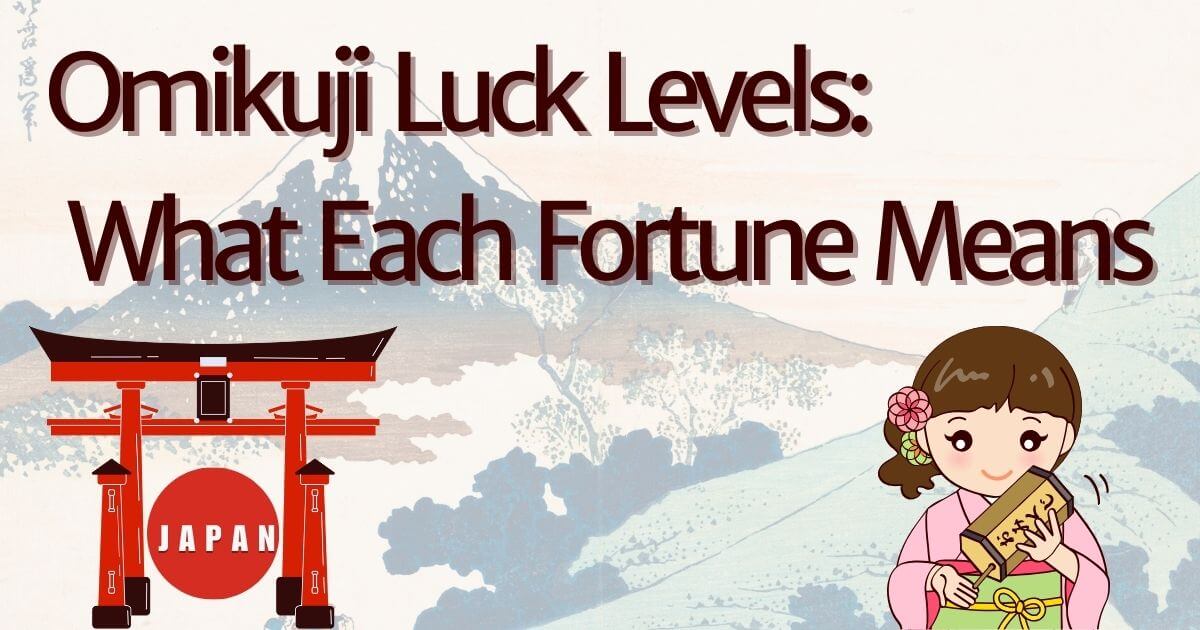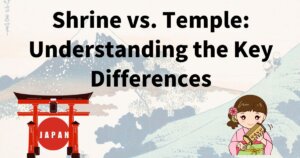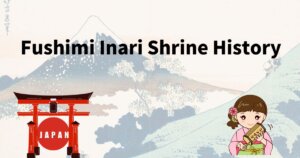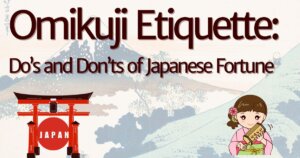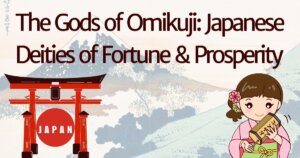📍 What do Omikuji luck levels mean?
Discover the meanings behind Daikichi, Chukichi, Kyo, and more.
Learn how to interpret Omikuji and apply its wisdom in daily life.
Find out what to do with good and bad fortune from your Omikuji.
Understanding Omikuji Luck Levels: What Your Fortune Means
(おみくじの運勢レベルを理解する:あなたの運勢の意味とは?)
What Are Omikuji Luck Levels?
Omikuji (おみくじ) is a traditional Japanese fortune slip that provides insight into different aspects of life, such as love, health, career, and travel. The fortune is ranked into different levels of luck, ranging from great blessings to misfortunes.
How Many Luck Levels Exist in Omikuji?
While the exact number of luck levels varies depending on the shrine or temple, the most common ones include:
- Daikichi (大吉) – Great Blessing: The highest level of luck, indicating an excellent outcome in all aspects of life.
- Chukichi (中吉) – Middle Blessing: Moderate luck with good potential if effort is made.
- Shokichi (小吉) – Small Blessing: Minor positive fortune, with gradual improvement.
- Suekichi (末吉) – Future Blessing: Luck that will improve over time, requiring patience.
- Kyo (凶) – Bad Luck: A warning of possible challenges, but improvement is possible with effort.
- Daikyo (大凶) – Great Misfortune: The lowest level of luck, advising caution and perseverance.
How to Interpret Each Luck Level in Daily Life
- Daikichi (大吉): A time of success and happiness; take action boldly.
- Chukichi (中吉): Moderate success with a need for steady effort.
- Shokichi (小吉): Small gains that can grow over time with persistence.
- Suekichi (末吉): Patience is required, as luck will improve later.
- Kyo (凶): A period of challenges; avoid major decisions and focus on self-improvement.
- Daikyo (大凶): Proceed with extreme caution; use this as a chance to reflect and make positive changes.
目次
How to Handle Your Omikuji Fortune Correctly
What to Do If You Receive Good Luck?
- Keep the Omikuji in your wallet, bag, or home as a charm.
- Use it as motivation to continue making positive efforts.
- Express gratitude at the shrine if the fortune comes true.
What to Do If You Receive Bad Luck?
- Do not panic; Omikuji is meant as guidance, not fate.
- Tie the Omikuji at the shrine to symbolically leave the bad luck behind.
- Take the advice seriously and make positive changes in your life.
Should You Draw Another Omikuji If You Get Bad Luck?
- Traditionally, people do not draw Omikuji multiple times in one visit.
- Instead of re-drawing, reflect on the message and apply its wisdom.
- You can draw another Omikuji at a later time or different shrine.
Modern Omikuji: Digital and Special Themed Versions
Some shrines offer:
- Digital Omikuji available through vending machines or mobile apps.
- Themed Omikuji focused on love, career, or personal growth.
Conclusion: Understanding Your Omikuji Fortune
- Omikuji has multiple luck levels, from Daikichi (great luck) to Daikyo (great misfortune).
- Your fortune is not fixed but a guide for improvement.
- Good Omikuji can be kept as a lucky charm.
- Bad Omikuji should be tied at the shrine to leave misfortune behind.
- Omikuji reflects both Shinto and Buddhist beliefs.
- The ranking is less important than the advice provided.
- Omikuji should be drawn with respect and proper etiquette.
- If you receive a bad fortune, use it as guidance for self-improvement.
- Some Omikuji indicate future luck, requiring patience and perseverance.
- Many people draw Omikuji at New Year or before major life changes.
- Modern Omikuji includes digital and themed versions for specific purposes.
- Omikuji is meant to encourage reflection and mindfulness.
